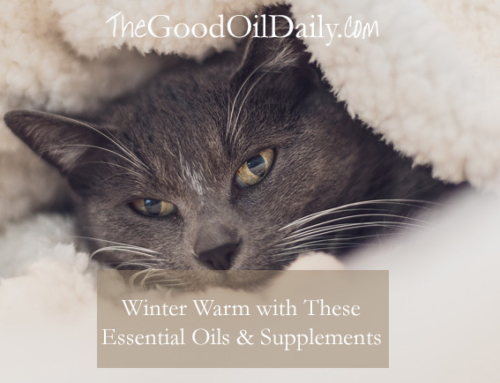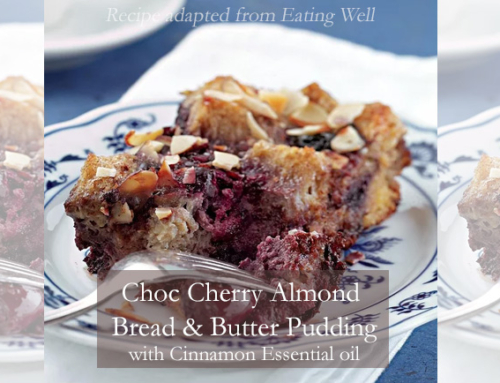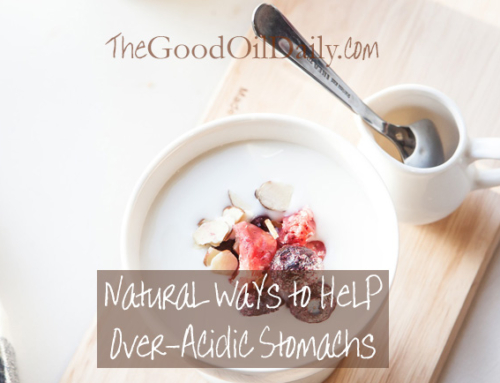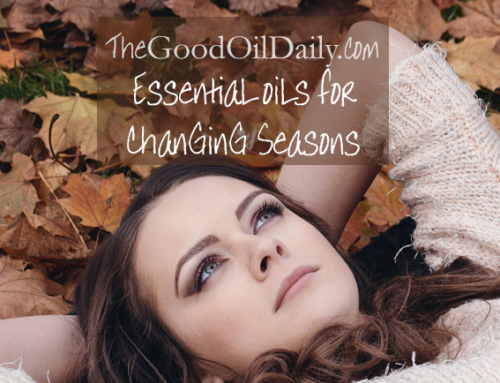When starting to explore essential oils, there are a couple of handfuls we call ‘everyday oils’. So much so that Young Living (our preferred source — you can discover why here and here) has an Everyday Oils Collection. Have this in your home and you’re covered for every contingency until you can build up your oils playlist.
We opened our Everyday Oils tips with lavender, being the universal oil. Then we moved onto the cleansing and uplifting essential oil of lemon.
So while we’re in lemon territory, evocative of a scenic convertible drive along the Amalfi coast, we’re taking you for a quirky little side trip that lands you smack bang in a 4 wheel drive here in Australia where ‘the queen of lemon herbs’ grows: lemon myrtle.
Considered a bush food and healing plant by indigenous Australians (who also used its leaves to flavour fish wrapped in paper tree bark), lemon myrtle is cultivated in Queensland and the north coast of New South Wales. It was officially named Backhousia citriodora in honour of English botanist and Quaker missionary James Backhouse.
I was quite amazed when I first learned it’s the highest natural source of citral — over 90% versus 3–10% in lemon oil. “Astounding!’ you say, “but what’s citral?”
Citral has a strong and sweet lemon scent, earning lemon myrtle the description of being ‘more lemon than lemon’ and highly valued in the fragrance industry. In the 1920s, it was steam distilled and used as a perfume in Germany. While the trade in lemon myrtle oil was put on hold during World War I, ironically it was revived in Australia during WWII due to a shortage of lemon essence and used in lemonade and other soft drinks.
This will also connect you up with The Good Oil Team for our personal support and coaching. We'd love to help you on your journey to vibrant well-being the natural way!
Any questions? Please get in touch via our Contact page.
Citral doesn’t just smell amazing. (Diffuse some at home and you’ll experience what I’m talking about — and I especially love it if I have a bit of a chest cold). You’ll find some fascinating reading here about in vitro studies on citral, undertaken at the Ben Gurion University of the Negev. The research team was led by Dr. Rivka Ofir and Prof. Yakov Weinstein from the Department of Microbiology and Immunology at BGU.
Along with this rather exciting potential thanks to its very high levels of citral and its calming qualities, lemon myrtle is also fabulous for cleaning, so add a drop or two to any of your usual natural cleaning products, recipes and methods for extra sparkle.
Coming back to its culinary uses, lemon myrtle oil doesn’t make milk-foods curdle the way lemon can, so it has extra versatility when it comes to lemon recipes*. Here are a few thoughts to get you started — it’s very strong, so start with a drop and add more if desired:
- vinaigrettes
- mayonnaise
- sorbet
- ice-cream
- cheesecake
- seafood coatings/stuffings/marinades
- home-made lemonade (1-2 drops or more to taste, 2 tbsp honey/agave, 2 cups purified water or sparkling mineral water)
* IMPORTANT CAUTION: Young Living essential oils are the only ones we would ever consider for ingestion. And only those which state on the bottle they can be used that way. Why? Because Young Living sets the standard for purity and authenticity – essential to the safe ingestion of essential oils appropriate for such use. Young Living carefully monitors the production of its oils from beginning to end through its unique Seed to Seal® process, ensuring the purity of each essential oil and protecting nature’s living energy in every bottle.
Have fun experimenting with this citrus touch of the Australian native bush, and know you’re doing much, much more than just sweetening the smell of your home.






